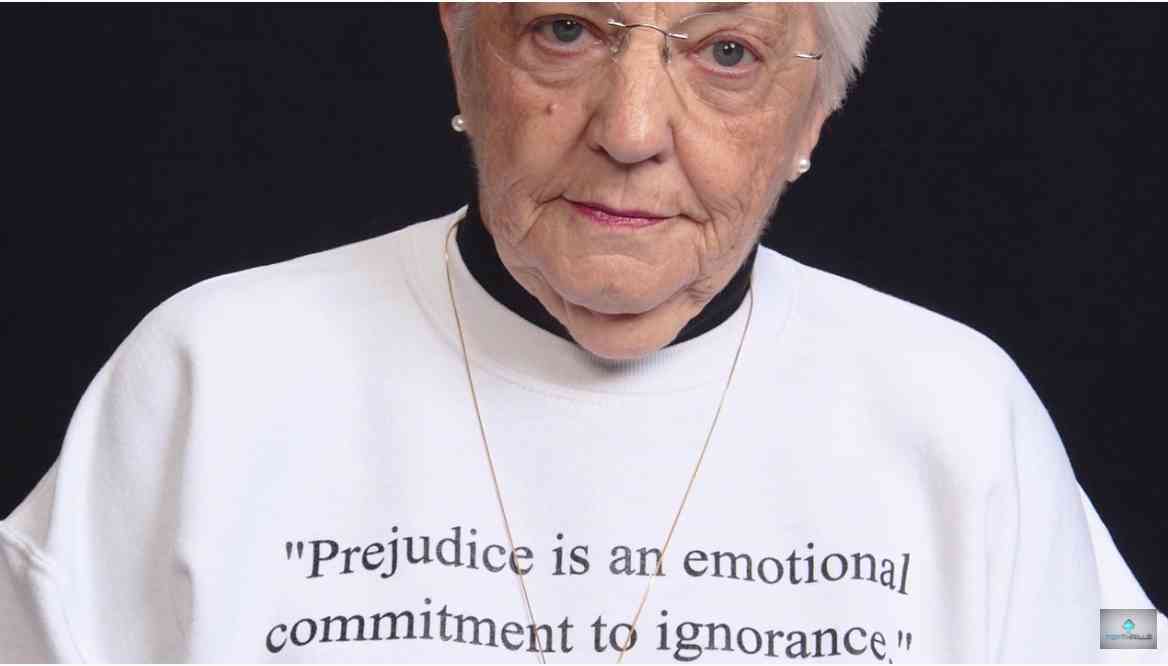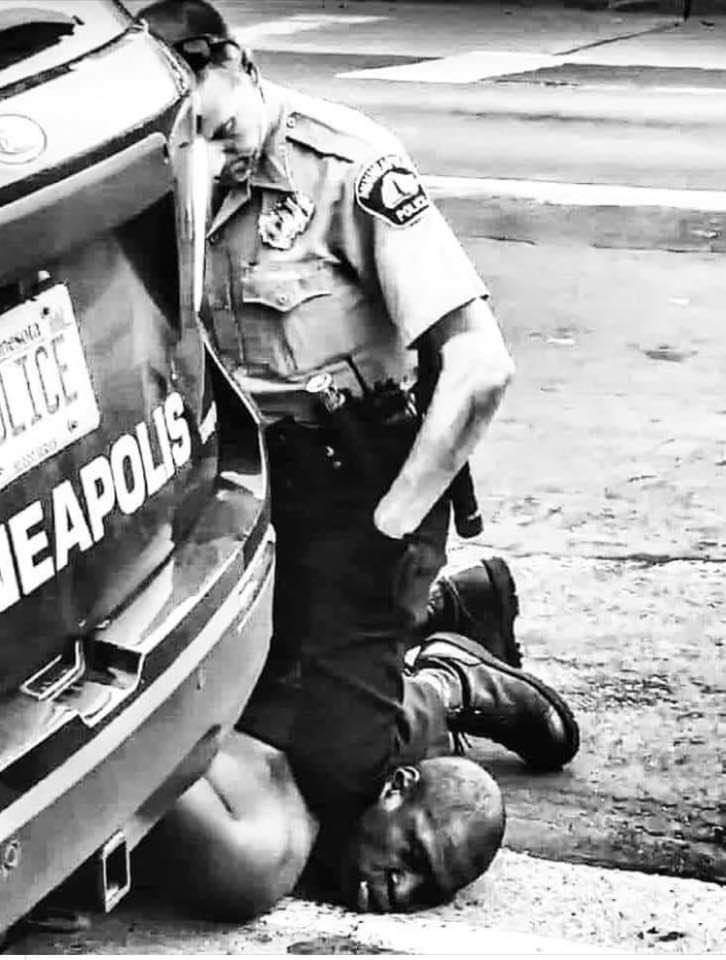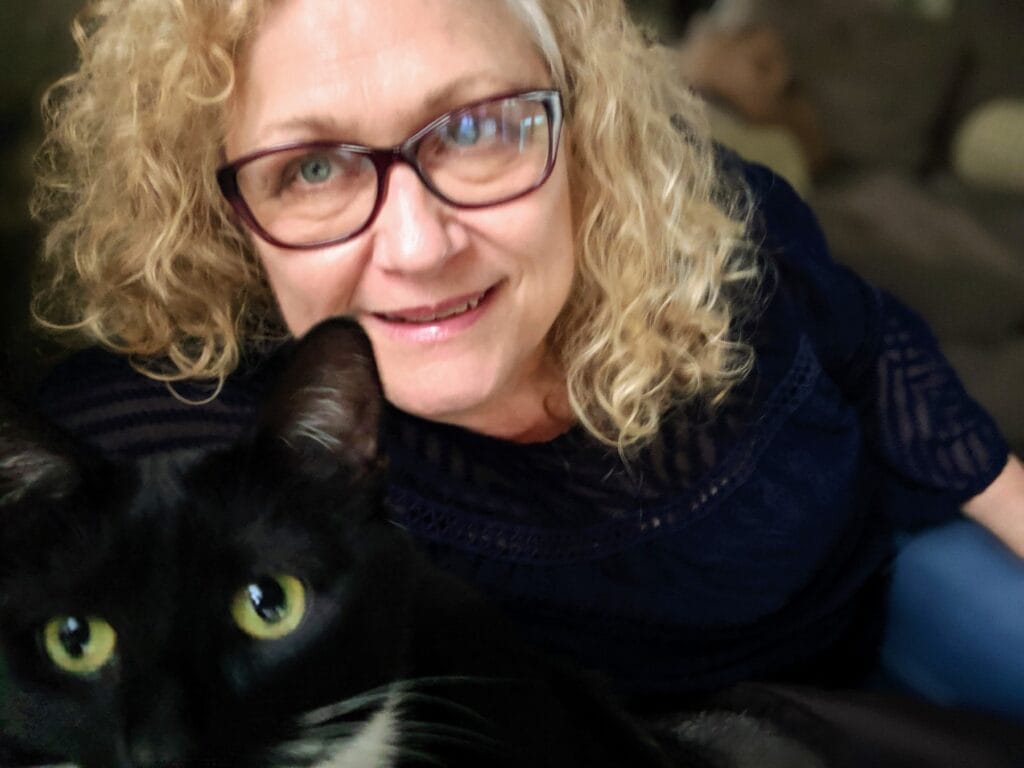Until we learn this one lesson, nothing changes
It is breathtaking to me to hear the neighbors talk about what it will mean to their suburban “whites only” utopia, from loss of property value to “bringing hoards of colored people” to the area, to the fear that their children will “have to marry n—–s.”
O P I N I O N
VIRTUAL ROBIDOUX
By Carol Robidoux


With all due respect to the idea behind the book, “All I Really Needed to Know I Learned in Kindergarten,” there was a particular lesson that changed me from the inside out, learned in 1969 in Mr. Rau’s fifth-grade class at Clara Barton Elementary School in my hometown of Levittown, Pa.
Historical side note: Levittown was one of several planned communities built along the East Coast by William Levitt in the 1950s, originally designed for whites only. They existed in New York, New Jersey, Pennsylvania, Florida and Puerto Rico.
Back to my fifth-grade lesson, a powerful lesson on discrimination at a time when Civil Rights and segregation were hot topics on the national front, as well as in my town. In short, Mr. Rau spent a school day giving special privileges and favors to kids with brown eyes, like extra recess and snacks, and relief from classwork. We blue-eyed kids got no recess or snacks. We had to take impossible tests and follow rules devised to keep us apart from the “favored” kids. We watched as our brown-eyed friends were treated as smarter and better, while we found ourselves overlooked as if invisible, labeled as inferior for our failures on tests stacked against us, and immersed in an impossible class culture where success was not an option, based solely on a physical trait we had no control over.
I was 10 at the time, and consider that lesson to be the single most valuable and tangible lesson ever taught to me in all my years of public school education. It has served me well in my main occupation, as a human being.
It wasn’t called Critical Race Theory back then, or labeled as a DEI lesson plan, but that’s what it was.
I wish it were still being taught to kids today, although I’m certain it would not be allowed due to concerns over how it would affect the children. Of course, that is the point, to change minds and hearts.
I am thrilled that PBS made a documentary back in the 1980s, “A Class Divided,” which is available online, about the very same lesson on discrimination I experienced, as originally taught by third-grade teacher Jane Elliott in a mainly white Iowa suburb, a lesson she continued to teach over the years with fascinating results to adult audiences as well as her students. She first brought the experiential learning to her students on the day after Martin Luther King Jr. was assassinated.
Please, watch it tonight and and if you have school age kids, watch it with them. You don’t need state approval to do so even though there’s no clear guidance on what NH teachers can teach in schools about our country’s social and tangible history as it pertains to civil rights and discrimination without jeopardizing their jobs.
Lessons, Part 2
I’d also like to recommend a particularly pertinent 30-minute YouTube video chronicling an event in my hometown in 1957 when the first black family moved into the whites-only manufactured community, which offered the “American Dream” for $100 down. If you were white.
Although I have always known the significance of the day Bill and Daisy Myers bought a home from an original Levittowner, becoming the first black family to break the color barrier there, I had never watched this clip until a few years ago. He was an Army veteran with a good job, studying to be an electrical engineer. She was a college graduate and mother of three – a lot like my own family, minus a kid.
It is breathtaking to me to hear the neighbors talk about what it will mean to their suburban “whites only” utopia, from loss of property value to “bringing hoards of colored people” to the area, to the fear that their children will “have to marry n—–s.”
When my mom and dad bought their Levittown home on the GI Bill in 1955 it was the epitome of their “American Dream,” an idea that was coined by author James Truslow Adams in 1931, in that for Americans, “life should be better and richer and fuller for everyone, with opportunity for each according to ability or achievement” regardless of social class or circumstances of birth.
That comes directly from our Declaration of Independence, which proclaims that “all men are created equal…” “…endowed by their Creator with certain inalienable rights” including “life, liberty and the pursuit of happiness.”

In 1957, the same year Bill and Daisy Myers bravely began blurring the color lines in “whites only” Levittown, Pa., Martin Luther King Jr. became president of the Southern Christian Leadership Conference. He led the desegregation movement in the south, where the unwelcome wagon would have been rolled out for Bill and Daisy Myers with equal fanfare.
That was our America, and that is why the Civil Rights movement was necessary. This is why Critical Race Theory matters. “Those that fail to learn from history are doomed to repeat it.”
King was assassinated for his efforts, but it didn’t stop his dream from taking shape, and we are a better America for it.
Better, but still broken.

The events that unfolded in Minneapolis in 2020 were part of an undercurrent of racism and inequality that has been rolling on the surface of society for decades. The murder of George Floyd while in police custody has created a tsunami, and the aftershocks are inevitable.
Discrimination still exists. Prejudice exists. A lack of humanity persists. Sometimes it happens quietly behind closed doors, among family members. Other times is spills out onto the streets. No matter when it bubbles up, we have to find a way to understand one another, accept and love one another. We’ve come a long way since 1957, but we have a long way to go to learn our lessons, which I wholeheartedly believe begin with teaching our children what discrimination is and why discrimination is wrong.
For that, I will always be indebted to teachers like Mr. Rau and Jane Elliot, who understood that regardless of who we are born to be or what our parents teach us — through their own words and fears or by osmosis – the real power to change the world begins with education.
Let’s start here and now, with this one lesson – a lesson that still needs to be taught, and learned, one human at a time.
“…And so let freedom ring from the prodigious hilltops of New Hampshire.
Let freedom ring from the mighty mountains of New York.
Let freedom ring from the heightening Alleghenies of Pennsylvania.
Let freedom ring from the snow-capped Rockies of Colorado.
Let freedom ring from the curvaceous slopes of California.
But not only that:
Let freedom ring from Stone Mountain of Georgia.
Let freedom ring from Lookout Mountain of Tennessee.
Let freedom ring from every hill and molehill of Mississippi.
From every mountainside, let freedom ring.
And when this happens, and when we allow freedom to ring, when we let it ring from every village and every hamlet, from every state and every city, we will be able to speed up that day when all of God’s children, black men and white men, Jews and Gentiles, Protestants and Catholics, will be able to join hands and sing in the words of the old Negro spiritual:
Free at last! Free at last!
Thank God Almighty, we are free at last!”
– Martin Luther King Jr., “I Have a Dream” speech, Aug. 28, 1963, Washington, D.C.
Author’s note: This story was originally published May 29, 2020, and updated on June 26, 2021 following the passage by NH House of Representatives of “divisive concepts” legislation that bars public school teachers and public employees from teaching that a person of one race, gender, or class is superior or advantaged over another, and that a person is implicitly oppressive against another race or class. Critics have argued that it prevents teaching about implicit bias and structural racism and sexism. That law was overturned in May of 2024.

Carol Robidoux is founder and publisher of Ink Link News. She can be reached at publisher@inklink.news
